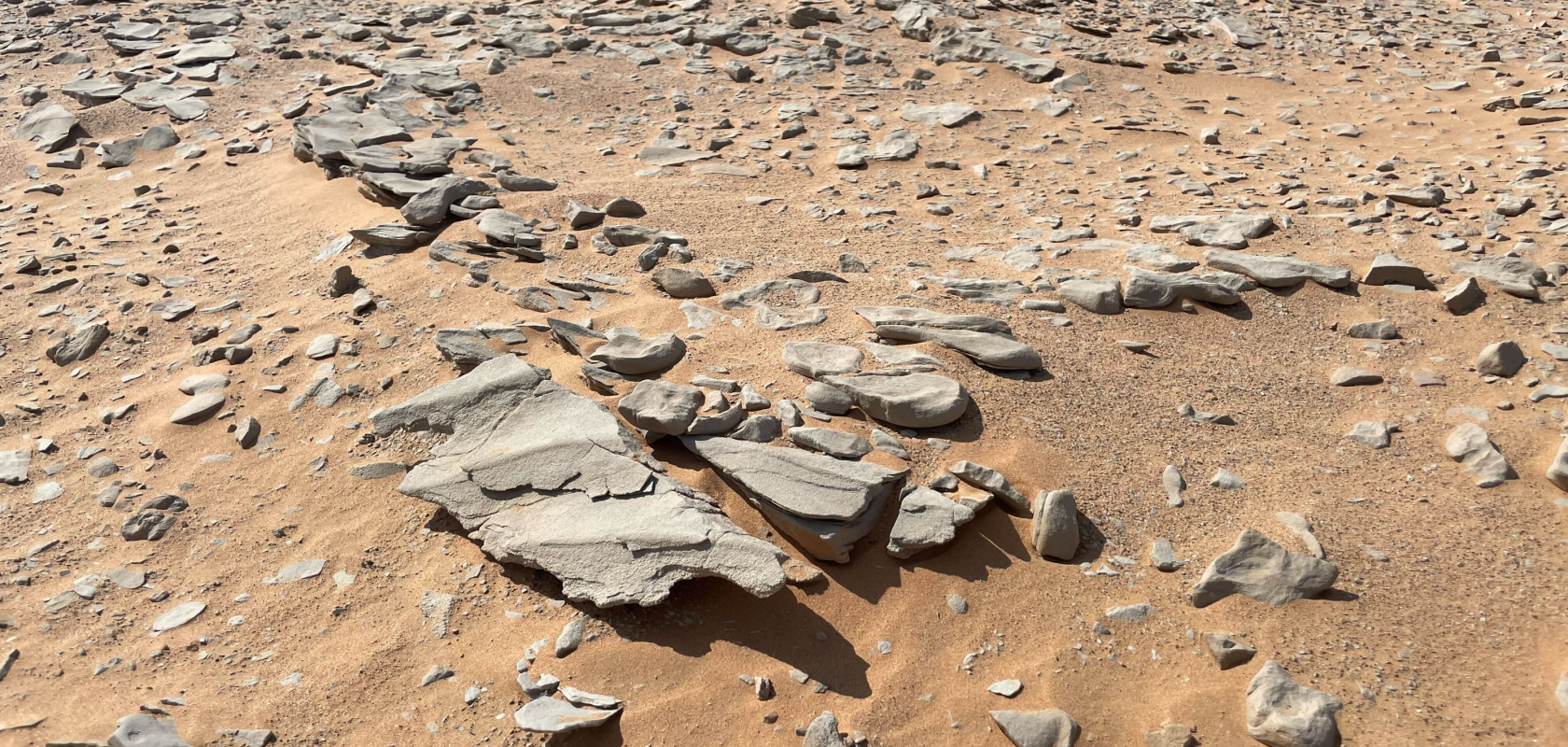AI-based open-source software SandAI uses images of sand grains taken by scanning electron microscopes to unearth ancient geological secrets.
Archeological geology is an arduous process, historically performed through microtextural analysis by hand and eye, using magnifying glasses and microscopes on grains of sand to learn their history.
That insight into a sand grain’s past can be revealed by studying its appearance – grains will appear more rounded if traveled farther, while the forces of wind and water will leave distinctive abrasions – but the process is subjective and time-consuming.
Using AI to see into the past
Researchers from Stanford University have developed a tool that combines microtextural analysis with machine learning to study individual grains far more objectively, giving geologists and archaeologists a window into the past, especially for environments where few other clues have been preserved.
“Working on sedimentary deposits that haven’t been disturbed or deformed feels about as close as you can get to being in a time machine,” said Michael Hasson, PhD candidate at the Stanford Doerr School of Sustainability and lead author of the study. “You’re seeing exactly what was on the surface of the Earth, even hundreds of millions of years ago, [and] SandAI adds another layer of detail.”
“Instead of a human going through and deciding what one texture is versus another, we are using machine learning to make microtextural analysis more objective and rigorous,” said Mathieu Lapôrte, assistant professor of Earth and planetary sciences at Stanford and senior author of the paper.
Crackdown on illegal sand mining
With sand imperative to many global industries such as construction and manufacturing, sourcing it responsibly and legally is a challenging task. The result of illegal sand mining, however, causes erosion and the destruction of natural habitats. Gauging the origins of sand is therefore crucial to ensure ethical sourcing, and SandAI could help forensic investigators to crack down on illegal sand mining activities, a common practice for organised crime gangs.
Teaching SandAI
Representing material from various terrestrial environments including fluvial (rivers and streams), eolian (windblown sediments such as sand dunes), glacial and beach, the researchers sought out hundreds of scanning electron microscope images of grains of sand.
“We wanted this method to work across geological time, but also across all of the geography that we have on Earth,” said Hasson. “For example, the windblown (sand dunes) class was designed to include examples that are wet and dry, large and small. We needed the classes to be as diverse as they could be.”
Unearthing geological intelligence
After analysing sand grains from recent history – from modern day back roughly 200 million years – and being impressed with the method’s ability to find out about the grains’ histories, researchers then looked at Bråvika Member, a geological formation in Norway with sand dating back 600 million years to the Cryogenian period.
SandAI surmised that the ancient Bråvika Member sand grains had been shaped by a windblown sand dune – agreeing with existing microtextural studies. But a second signature also pointed to glacial sand.
After running modern windblown sand grains from Antarctica through SandAI and reaching the same result as those at Bråvika Member, the “findings from SandAI suggest that Antarctica really is a good modern analog” to the cryogenian environment, explained Hassan.


